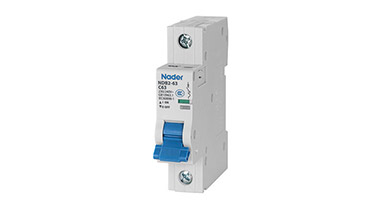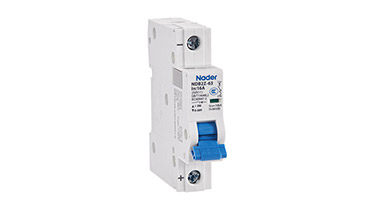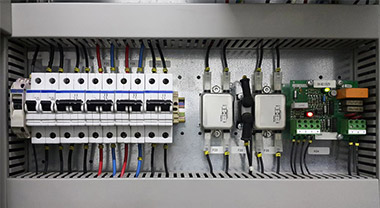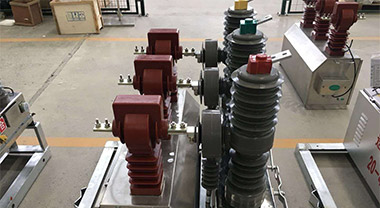How to choose a motor circuit breaker?
By:Nader Updated:August 19,2020 20:32PM
When choosing a circuit breaker to protect a motor, two characteristics of the motor should be noted, one is that it has a certain overload capacity, and the other is that its starting current is usually several to ten times the rated current. Therefore, circuit breakers for motor protection are divided into two categories: one is only used for protection without burdening normal operation; the other needs to be used for both protection and infrequent operation. In the latter case, operating conditions and electrical life should be considered.
(1) Selection principle of circuit breaker for motor protection
- Long delay current setting value—motor rated current.
- Instantaneous setting current. For the circuit breaker protecting cage motors, the instantaneous setting current is 8-15 times the rated current of the motor, and its value depends on the type, capacity and starting conditions of the protected motor. For the circuit breaker that protects the wound rotor motor, the instantaneous setting current is 3-6 times the rated current of the motor, and its value depends on the model, capacity and starting conditions of the wound rotor motor.
- The returnable time of the 6 times long delay current setting value ≥ the actual starting time of the motor. According to the weight of the load when starting, one of the gears of 1, 3, 5, 8, 15 (s) can be selected.
(2) Selection of wire protection circuit breaker The wire protection circuit breaker for lighting and daily life refers to the circuit breaker used to protect the power distribution system in the living building. Since the capacity of the circuit to be protected is generally not large, plastic case circuit breakers are mostly used.
- Long delay setting value ≤ line calculation load current.
- Instantaneous action setting value = 6 to 20 times the line calculation load current.




